Which one of the following is best catalyst for the reaction shown below?
CH3(CH2)8CH2BrKCN−−−−→benzeneCH3(CH2)8CH2CN
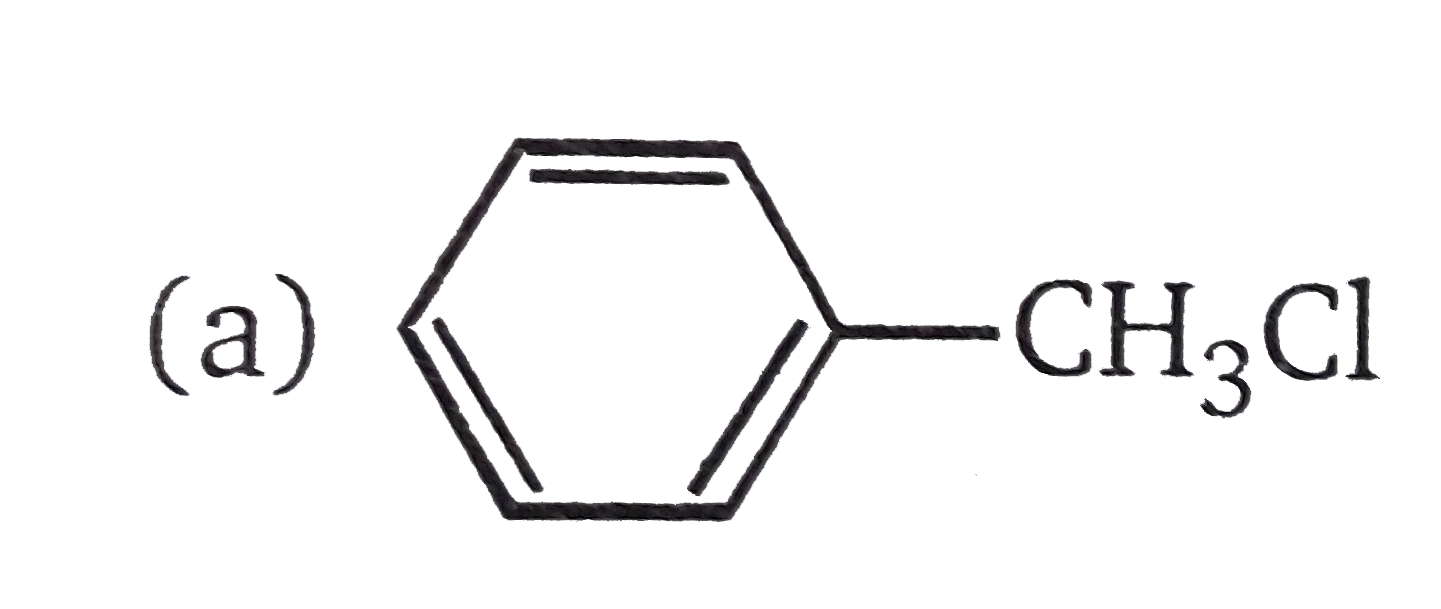


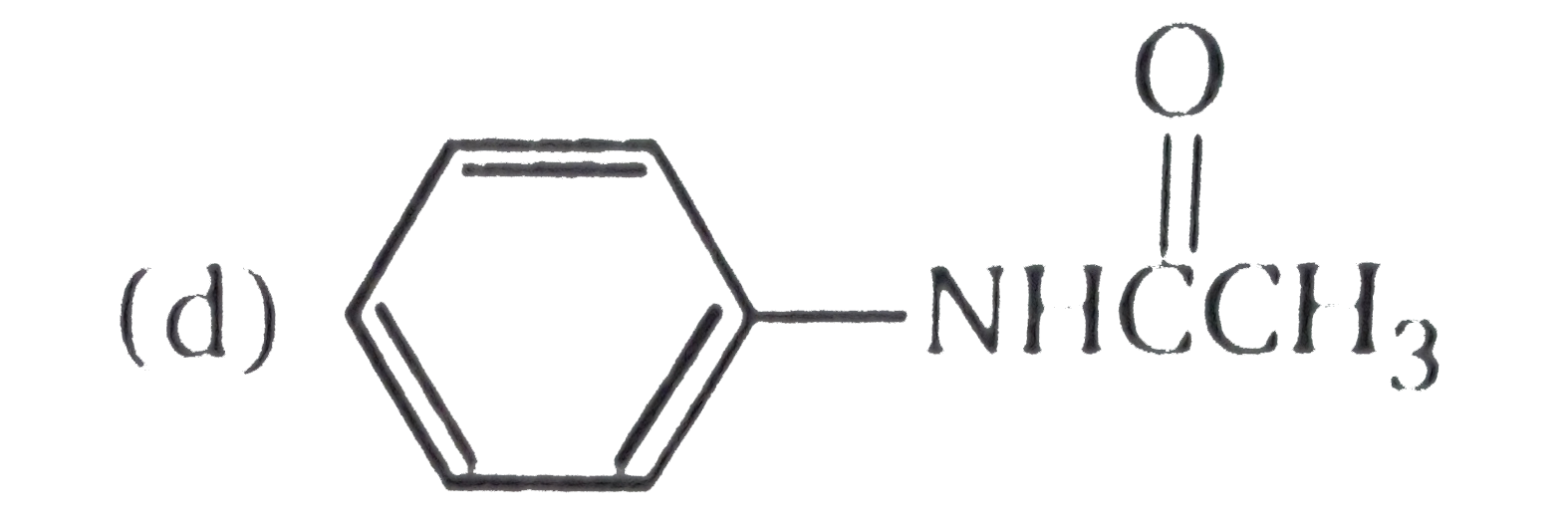
The correct Answer is:C
To determine the best catalyst for the nucleophilic substitution reaction of CH3(CH2)8CH2Br to CH3(CH2)8CH2CN in the presence of benzene and KCN, we need to consider the role of the catalyst in stabilizing the cyanide ion (CN⁻) during the reaction.
1. Identify the Reaction Type:
The reaction involves the substitution of a bromine atom (Br) with a cyanide ion (CN⁻). This is a nucleophilic substitution reaction (S_N2 mechanism).
2. Understand the Role of the Catalyst:
A catalyst in this context is needed to facilitate the reaction by stabilizing the nucleophile (CN⁻) and enhancing its reactivity. The ideal catalyst should minimize the solvation of the cyanide ion to allow it to act as a strong nucleophile.
3. Consider the Properties of Catalysts:
- Quaternary ammonium salts are known to stabilize the cyanide ion to the least extent compared to other catalysts. This is because they can provide a favorable environment for the nucleophile without overly solvatizing it.
- Other types of catalysts may either solvate the cyanide ion too much or not provide the necessary conditions for the reaction to proceed efficiently.
4. Evaluate the Options:
- Look for a catalyst that is a quaternary ammonium salt, which has a nitrogen atom bonded to four carbon atoms (or other groups) and carries a positive charge.
- For example, a compound like N(CH3)4Cl is a quaternary ammonium salt, while N(CH3)2 or NHCOCH3 do not fit this description.
5. Select the Best Catalyst:
Based on the analysis, the best catalyst for the reaction is a quaternary ammonium salt, as it allows the cyanide ion to remain reactive without excessive solvation.
Conclusion:
The best catalyst for the reaction of CH3(CH2)8CH2Br to CH3(CH2)8CH2CN in the presence of KCN is a quaternary ammonium salt.
---
The reaction involves the substitution of a bromine atom (Br) with a cyanide ion (CN⁻). This is a nucleophilic substitution reaction (S_N2 mechanism).
A catalyst in this context is needed to facilitate the reaction by stabilizing the nucleophile (CN⁻) and enhancing its reactivity. The ideal catalyst should minimize the solvation of the cyanide ion to allow it to act as a strong nucleophile.
- Quaternary ammonium salts are known to stabilize the cyanide ion to the least extent compared to other catalysts. This is because they can provide a favorable environment for the nucleophile without overly solvatizing it.
- Other types of catalysts may either solvate the cyanide ion too much or not provide the necessary conditions for the reaction to proceed efficiently.
- Look for a catalyst that is a quaternary ammonium salt, which has a nitrogen atom bonded to four carbon atoms (or other groups) and carries a positive charge.
- For example, a compound like N(CH3)4Cl is a quaternary ammonium salt, while N(CH3)2 or NHCOCH3 do not fit this description.
Based on the analysis, the best catalyst for the reaction is a quaternary ammonium salt, as it allows the cyanide ion to remain reactive without excessive solvation.
The best catalyst for the reaction of CH3(CH2)8CH2Br to CH3(CH2)8CH2CN in the presence of KCN is a quaternary ammonium salt.
Topper's Solved these Questions
- BOOK - MS CHOUHANCHAPTER - AMINESEXERCISE - Level 21videos
AMINES
- BOOK - MS CHOUHANCHAPTER - AMINESEXERCISE - SOLVED PROBLEM5videos
AMINES
- BOOK - MS CHOUHANCHAPTER - ALKENES AND ALKYNES IEXERCISE - Additional Objective Questions (Multiple Correct Choice Type)2videos
ALKENES AND ALKYNES I
- BOOK - MS CHOUHANCHAPTER - AMINO ACIDS AND PROTEINSEXERCISE - Additional Objective Questions (Integer Type)1videos
AMINO ACIDS AND PROTEINS
Similar Questions
Knowledge Check
- Question 1 - Select One
Which of the following graphs is correct for the following reaction?
CH3−CH2CH=CH2H2/Ni−−−→300∘CCH3−CH2−CH2−CH3A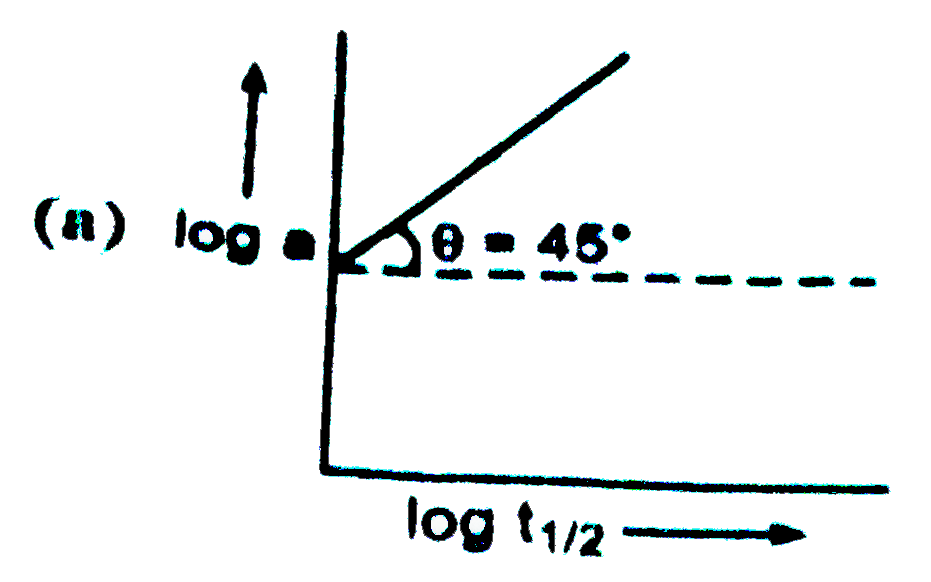 B
B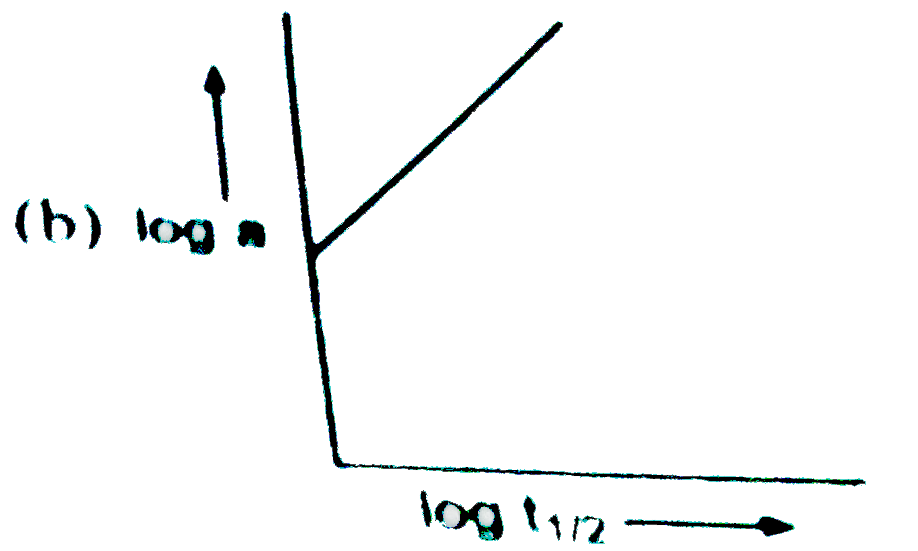 C
C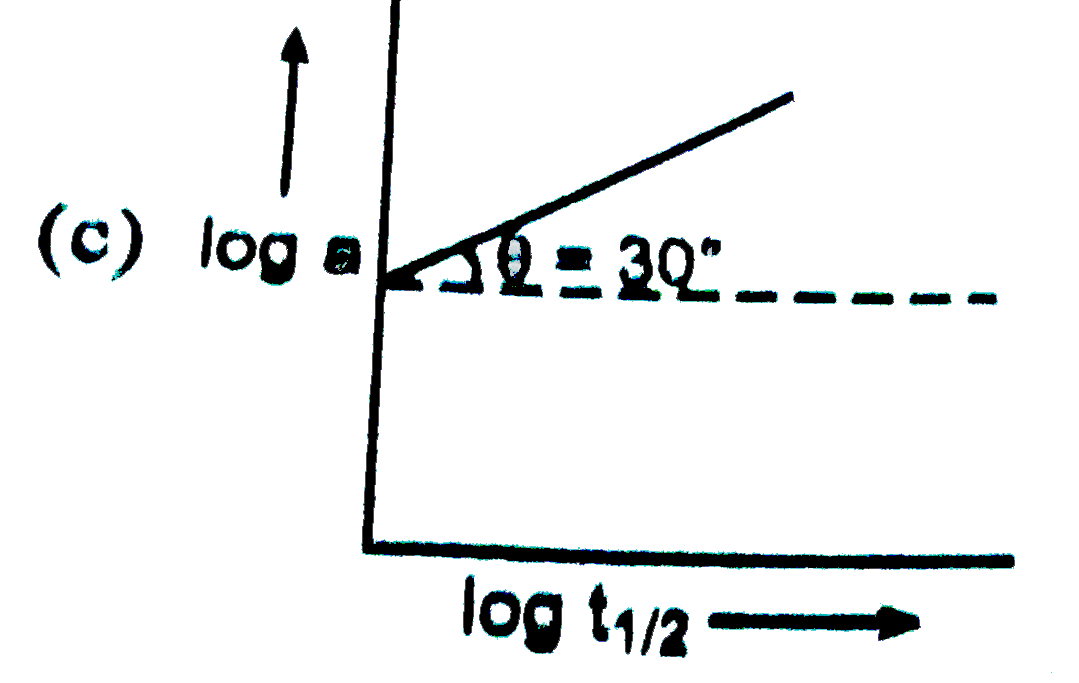 D
D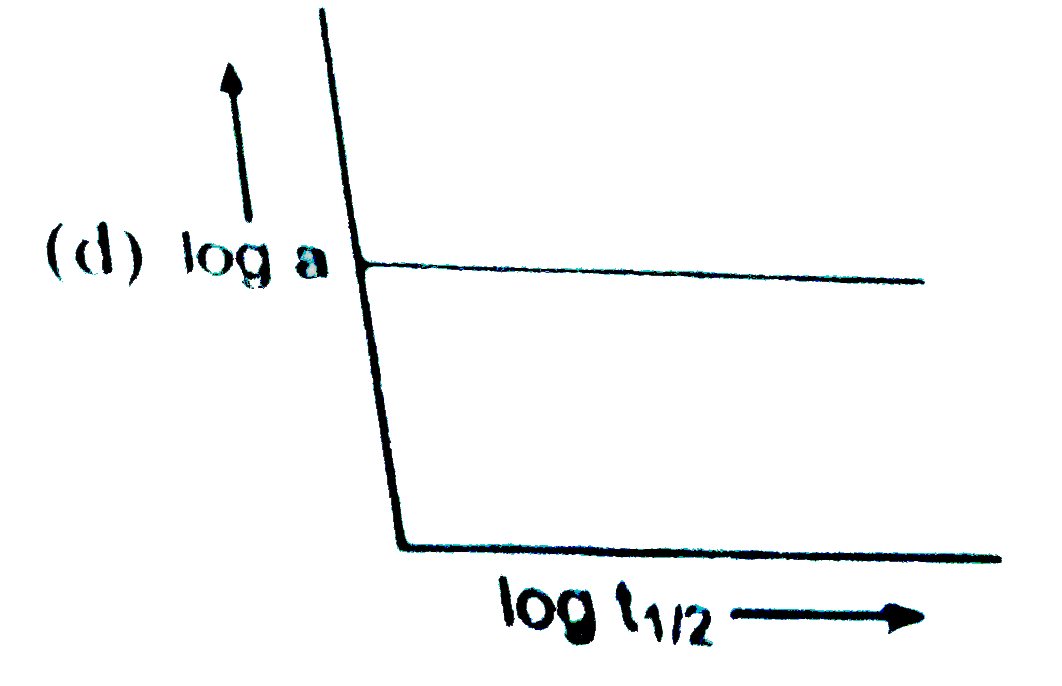
- Question 2 - Select One
Which one of the following reactions would be the best for the formation of 2− bromobutane ?
(1) CH3CH−CHCH2HBr−−→
(2) CH3CH2CH=CH2HBr−−→
(3) CH3CH=CHCH3Br2−−→
(4) CH3CH2CH=CH2HBr−−−−→PeroxideA1B2C3D4 - Question 3 - Select One
Which of the following is/are the chain termination step during photochloration of ethane?
CH3.CH2+.Cl→CH3−CH2−Cl
CH3.CH2+CH3.CH2→CH3CH2CH2CH3
.Cl+.Cl→Cl2
.Cl+.H→HClAP and QBP and RCP,Q and RDP,Q ,R and S
CH3−CH3∣CH−CH3∣CH−CH(CH2CH2CH3)2
View SolutionCH3.CH2CH2Claq.KOH−−−−→CH3CH2CH2OH The reaction is
View SolutionWhich of the following compounds gives fastest reaction with HBr and why?
(i) (CH3)3_OH (ii) CH3CH2CH2OH
(iii) CH3OH∣CHCH3 (iv) CH3CH3∣CHCH2OHView SolutionWhich of the following carbocation is most stable ?
(a) (CH3)3C.+CH2 (b) (CH3)3+C (c) CH3CH2+CH2 (d) CH3+CHCH2CH3View SolutionWhich is the most suitable reagent for the following transformation ?
CH3−CH=CH−CH2−OH∣CH−CH3→CH3−CH=CH−CH2CO2HView Solution


